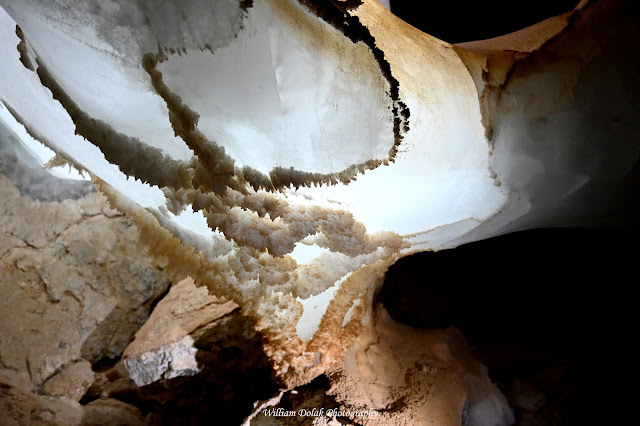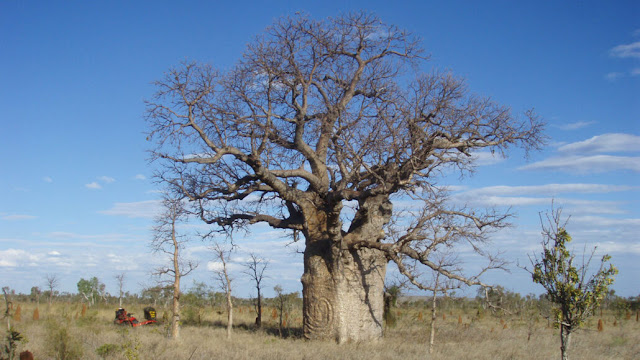Science is Fun Fridays!

Found in the Arctic permafrost of Siberia, scientists have recovered the first Saber-Toothed kitten. Mummified over 35,000 years, the subzero temperatures have kept the specimen in a remarkable state of preservation, with its fur, head, torso and limbs all intact. Study confirms the animal has "significant differences from a modern lion cub of similar age," displaying an unusual shape of the muzzle, a large mouth opening, small ears, elongated forearms, and a chunky neck region. These are classic adaptations to living in cold climates. This particular species, Homotherium latidens, lived in the Eurasia region. It is distinct from its counterpart which lived in North America, Homotherium serum, where most remains have been found. "The discovery of H. latidens mummy in Yakutia radically expands the understanding of distribution of the genus and confirms its presence in the Late Pleistocene of Asia," the authors write. The permafrost of Siberia should continue to ...



